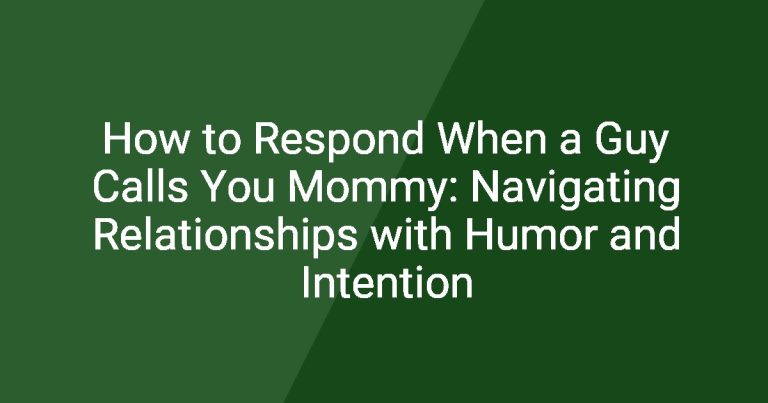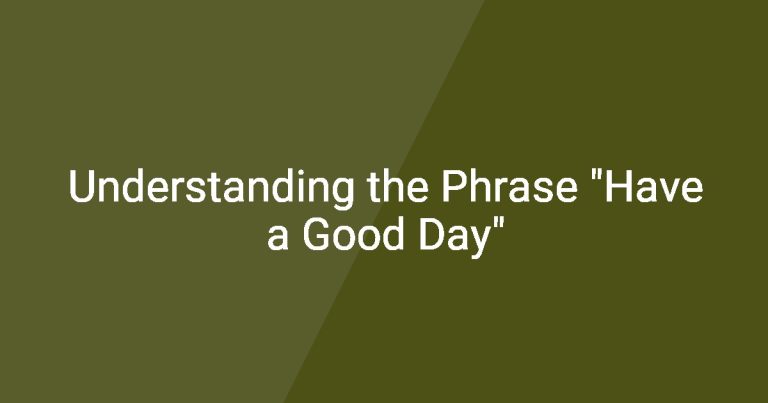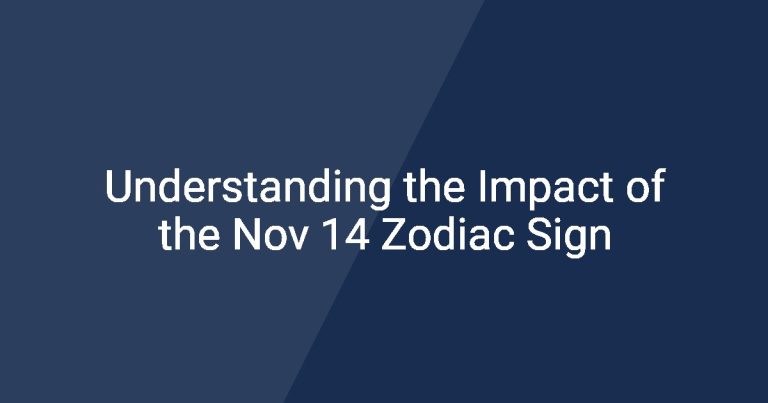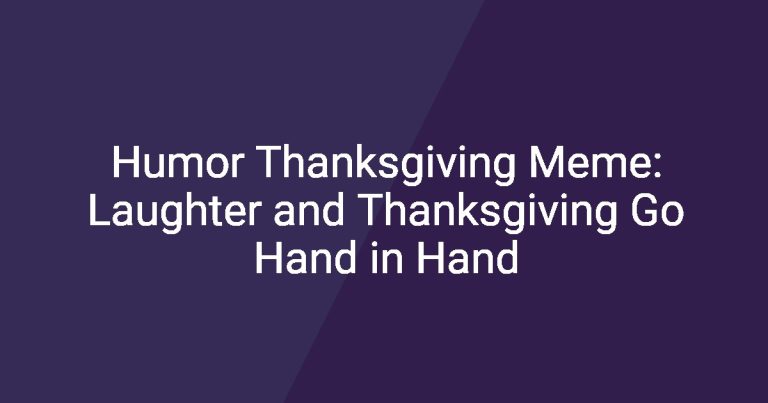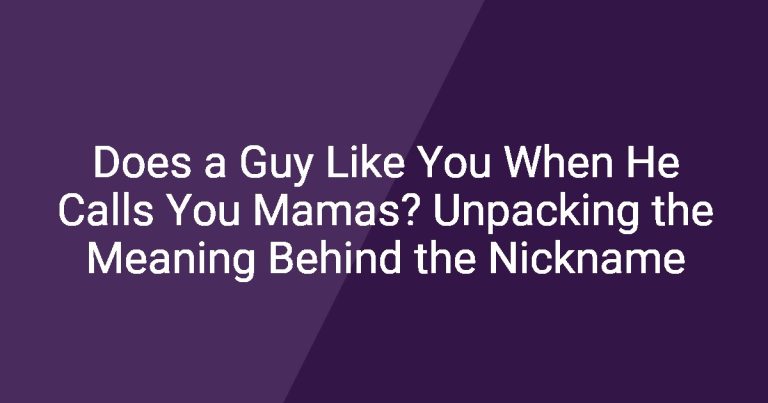In our daily interactions, showing gratitude can greatly enhance the quality of communication. When someone takes the time to explain a concept, idea, or process, acknowledging their effort by saying, “thank you for the explanation” not only shows appreciation but also reinforces a positive dialogue. The act of giving thanks fosters mutual respect and encourages a continuous culture of learning and understanding.
Communication is the cornerstone of strong relationships, whether at work, in education, or in personal life. The purpose of this article is to explore the significance of expressing gratitude for explanations, providing insights on how to convey appreciation effectively, and identifying the various contexts in which such gratitude is warranted.
Through this article, you will discover the vital role of thankfulness, learn how to express thanks meaningfully, and recognize situations when you should show appreciation for an explanation.
The Importance of Thanking Someone for Their Explanation
Enhancing Communication
One of the fundamental benefits of saying “thank you for your explanation” is the enhancement of communication. Expressing gratitude builds rapport and trust between individuals. When you acknowledge someone’s effort to clarify a topic, it encourages open dialogue and strengthens the relationship. This, in turn, leads to more fruitful discussions in the future.
Reinforcing Learning
Saying thank you also reinforces the learning process. It acknowledges the time and energy the explainer invested in providing clarity. This recognition fosters a positive learning environment where individuals feel valued and motivated to contribute their knowledge. The more we appreciate others for their explanations, the more likely they are to share insights in the future.
Different Contexts for Expressing Gratitude
Formal Situations
In formal work environments, expressions of gratitude can significantly impact team dynamics.
In the Workplace
Thanking colleagues or supervisors can be immensely beneficial, especially when acknowledging their contributions to detailed reports or impactful presentations. Crafting professional thank-you notes demonstrates courtesy and solidifies workplace relationships. For example, you could say, “Thank you for the detailed explanation during the last meeting; it clarified our project’s direction.”
In Academic Settings
Similarly, within educational contexts, expressing gratitude to teachers or mentors goes a long way. A simple, heartfelt note like, “Thank you for explaining the complex topic in today’s class; I really appreciate your clarity,” can make a teacher’s day. Likewise, showing appreciation to classmates for their input during group projects or discussions can enhance collaborative efforts.
Informal Situations
Gratitude doesn’t have to be restrained to formal settings; it’s equally important among friends and family.
Among Friends and Family
In casual conversations or when seeking advice from loved ones, expressing thanks strengthens personal connections. A friendly “Thanks for explaining that to me!” reinforces bonds and encourages more open sharing in the future.
Online Interactions
In the age of social media, the impact of public acknowledgment cannot be overstated. Engaging in forums or discussions online while expressing genuine thanks can enhance interactions. By publicly saying, “Thank you for your detailed analysis on this topic!”, you not only show appreciation but also encourage others to contribute more thoughtfully.
How to Craft a Meaningful Thank-You Message
Crafting a thoughtful thank-you message can significantly enhance its impact.
Key Elements of a Thank-You Note
Personalized Touch
A personalized touch is vital. Mentioning specific points from the explanation and relating them to your personal experiences or learning goals can transform an ordinary message into a memorable one. For instance, you could write, “Thank you for explaining the project milestones in detail; it helped me align my work with the team’s objectives.”
Clarity and Brevity
Additionally, clarity and brevity are essential elements. Keep your message concise while still showing appreciation. Highlighting the immediate benefits of the explanation ensures that your gratitude comes across clearly and effectively.
Different Formats for Thank-You Messages
Thank-you messages can take various forms, each appropriate in different situations.
Written Notes
Written notes can be both formal and informal. For formal contexts, you might use structured templates, while for informal situations, you can be more casual.
Verbal Acknowledgments
Verbal acknowledgments can also be impactful. Simple phrases like “I really appreciate your help with that!” delivered genuinely, along with positive body language, can create lasting impressions.
Public Recognition
Publicly recognizing someone’s effort in meetings or on social media serves as a great way to say thank you. For instance, you might say in a meeting, “Thank you, John, for your explanation on the quarterly results; it was exceptionally helpful.”
Examples of Thank-You Notes for Different Scenarios
As the saying goes, “Examples speak louder than words.” Here are practical samples you can adapt for various contexts.
Professional Contexts
Email Example
In a professional setting, your email might read:
“Subject: Thank You!
Dear [Supervisor’s Name],
I want to say thank you for your explanation during yesterday’s meeting about the new project guidelines. Your insights made the process much clearer for me. Best regards, [Your Name].”
In-Person Acknowledgment
In-person acknowledgments could be as simple as: “I really appreciate the explanation you gave earlier; it helped bring everything into focus.”
Academic Contexts
Thanking a Teacher
An example note for a teacher could state: “Thank you for explaining the topic so thoroughly today in class; it really helped me understand.”
Gratitude Among Peers
For peers, you might say: “Thanks for breaking down our group project during the study session; it made everything clearer!”
Informal Contexts
Casual Thank-You Messages
In informal situations with friends or family, try something like, “Thanks for helping me understand that; I really appreciate it!”
Social Media Recognition
On social media, you might post: “A big thank you to @username for your awesome insights on [topic]; your explanation was super helpful!”
Common Mistakes to Avoid When Saying Thank You
Even the simplest expressions of gratitude can go awry if not done thoughtfully. Here are some common pitfalls to avoid.
Overly Generic Phrases
Using overly generic phrases can dilute the impact of your thank-you message. Being specific about what you appreciated is crucial in making your gratitude feel genuine.
Forgetting the Follow-Up
It’s important to continue the conversation after expressing thanks. A follow-up question or comment can demonstrate your interest and keep the dialogue going.
Neglecting Non-Verbal Cues
Remember that non-verbal cues matter! Your tone, body language, and eye contact play significant roles in how your message is received. A warm smile or a sincere tone can significantly enhance your expression of gratitude.
Conclusion
To recap, expressing gratitude through saying “thank you for explanation” enhances communication and reinforces the learning environment. It is a simple yet powerful way to foster positive relationships. Remember to practice gratitude consistently, as it helps maintain the valuable cycle of learning and understanding.
Now, I encourage you to thank someone today for their explanation, keeping the cycle of learning alive and thriving.
FAQs
1. Why is it important to say thank you for someone’s explanation?
Saying thank you acknowledges the effort someone has put into explaining something, encourages further dialogue, and reinforces relationships.
2. What are some examples of effective thank-you phrases?
Examples include, “Thank you for your insight,” “I appreciate your detailed explanation,” or “Your input was incredibly helpful.”
3. How can I express gratitude in an email?
You can write a thank-you note like: “Thank you for your explanation in our meeting; it clarified a lot for me.”
4. What should I avoid when expressing thanks?
Avoid generic phrases, neglecting follow-ups, and overlooking non-verbal cues that might undermine your message.
5. Can thanking someone improve my learning experience?
Absolutely! Expressing gratitude creates a more positive and open environment for communication, enhancing the overall learning experience.
6. In what informal settings can I express gratitude?
You can express gratitude among friends, family, or through social media interactions.
7. How does gratitude affect communication?
Gratitude builds trust and rapport, encouraging more open and effective communication.
8. What is a good way to thank a teacher or mentor?
A handwritten note or a simple verbal acknowledgment during class can effectively express your gratitude.
9. What impact does public recognition have?
Publicly thanking someone can boost their confidence and encourage others to contribute positively.
10. How often should I express gratitude?
It’s beneficial to express gratitude regularly, not just for big gestures but also for daily interactions and explanations.
| Context | Example Phrase | Format |
|---|---|---|
| Professional | Thank you for your detailed presentation! | |
| Academic | Your explanation really helped me understand. | In-person |
| Informal | Thanks for clearing that up for me! | Social Media |
